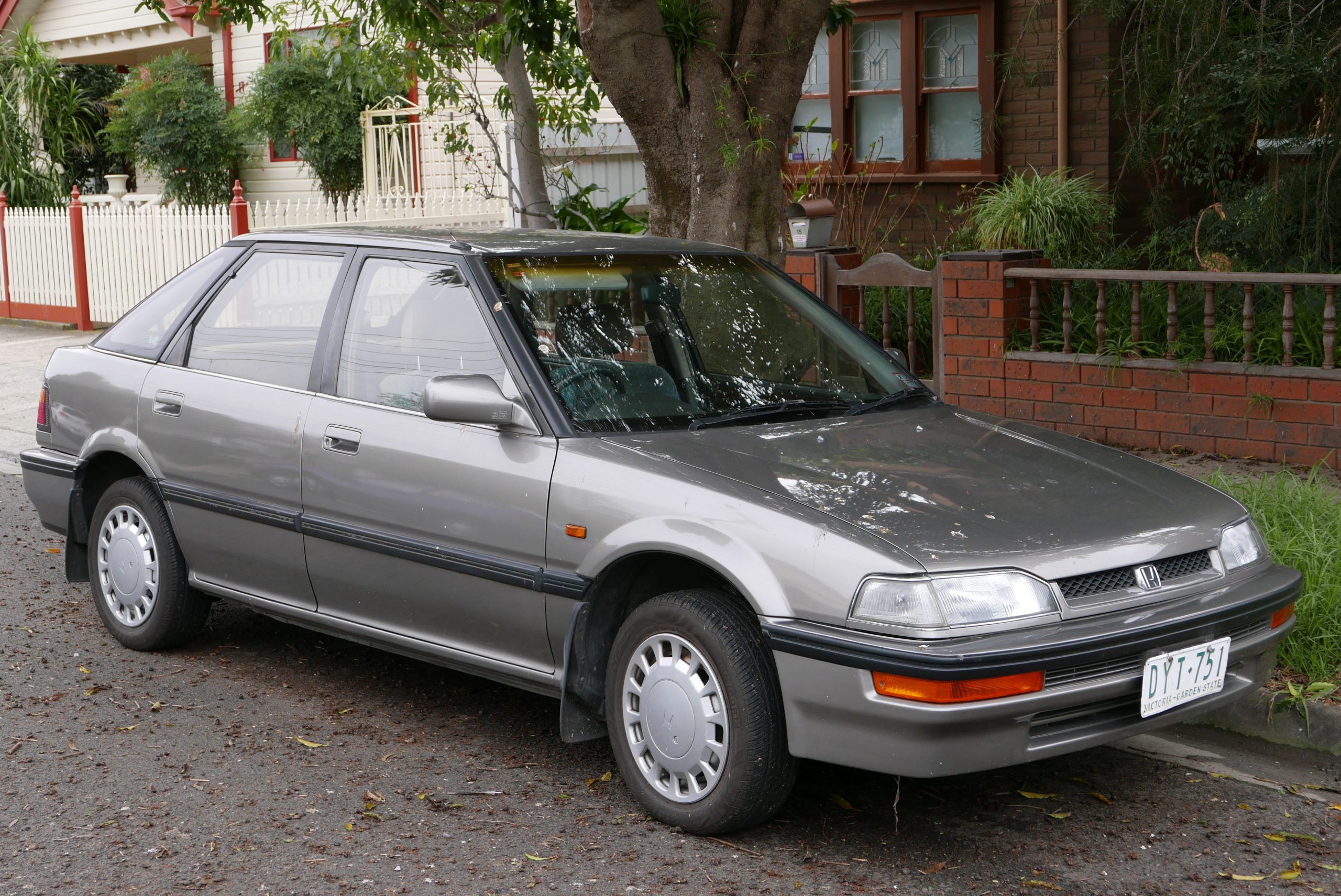
Citroen C15 - an ancient workhorse
This is not Mr Universe. Also not a very interesting design. It's also not a payload champion. It's also by no means the most complex design to ever appear on Citroen's price lists. However, the Citroen C15, because we are talking about it, cannot be denied - durability! Hardly any means of delivery is so durable and resistant to... lack of service!
This vintage car was released in 1984. In fact, "antique" is too delicate a word - the Citroen C15 captivated no one with its style, and even scared some away. The extremely angular hull, modeled after Visa for the B-pillar, was virtually indistinguishable from protoplast. Only a higher roof line and its more pronounced bulge spoke about the “working” purpose of the model.
In the case of the Citroen C15, only transport, solid construction and price mattered. Very attractive price! Virtually no other manufacturer at that time offered a comparable "delivery" car for so little money with the same simple (and reliable) diesel engine under the hood. But it is precisely in this that one should see the origins of the success of the small “big” Citroen. The success of the model is evidenced by the numbers: over 20 years of production, almost 1.2 million copies of the model were built. The record year in this regard was 1989, when exactly 111 C502s rolled off the assembly line. However, the last Citroen C15 in history left the assembly line of the Spanish plant in Vigo in 15.
As mentioned earlier, the Citroen C15 is based on the Visa model, produced between 1978 and 1989, the direct predecessor of the iconic AX. In principle, the front part of the body up to the A-pillar is identical for both models. The change starts behind the A-pillar, behind which the Citroen C15 has a large cargo space that can easily accommodate a Euro pallet.
The interior was not extravagant - simple gauges, crappy instrument panel, cheap and easy to clean upholstery materials (dermis) and large areas of bare metal. It was supposed to be very cheap and crappy, and it was. And the equipment of the car left no illusions - electrics (window lifters, mirrors), air conditioning, power steering or traction control - this is what happens in the Citroen C15 as often as snow in Hawaii.
The front suspension uses a simplified MacPherson strut design with a stabilizer linking the wishbones. The rear suspension is an independent system with a very long travel and a compact design (shock absorbers and springs located almost horizontally at the height of the wheel axle) - this arrangement has significantly saved valuable cargo space in vehicles of this type. .
Under the hood, very simple gasoline units (some of them were powered by a carburetor) and even simpler diesel versions could work. Gasoline units (1.1 l and 1.4 l), due to the rather large (in terms of dimensions and cylinder volume) appetite for fuel, were not particularly popular. On the other hand, diesel engines (1.8 l, 1.9 l) not only differed in much better efficiency, but in addition they were not inferior to gasoline engines in terms of dynamics, and their durability beat them on the head. The older and simpler 1.8 hp 60 engine enjoyed a particularly good reputation. The outdated power unit was distinguished by moderately good (for a naturally aspirated unit) performance and even incredible durability. This engine, like few others, endured negligence in operation and maintenance. In fact, this unit not only rarely failed, but its maintenance was reduced to periodic oil changes (some very often neglect this duty, and the engine does not cause problems anyway) and refueling (everything that consists of hydrocarbons similar to composition for oil).
The Citroen C15 is certainly a car devoid of any stylistic trappings. Unfortunately, it does not captivate with an interestingly designed interior or rich equipment. However, despite everything, she has achieved incredible success in the market. Why? Because how few "delivery vehicles" offer so much for so little (durability, roominess, armored construction, resistance to sloppy use). And this, i.e. Reliable and timely handling of goods in this industry is of the greatest importance.

